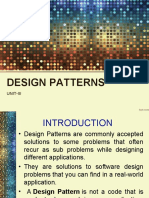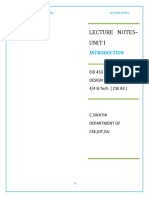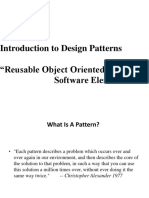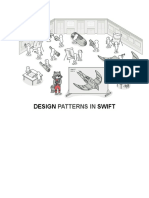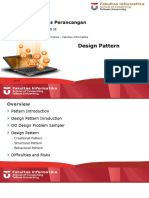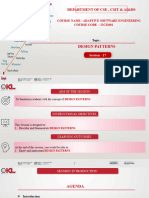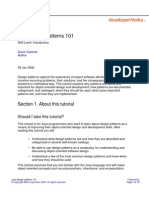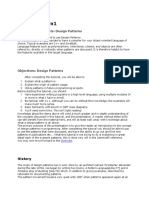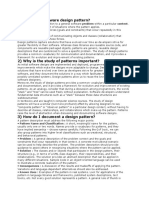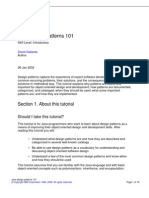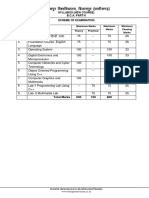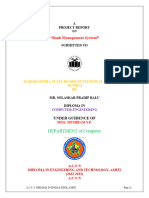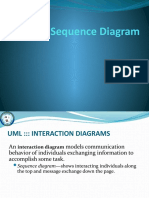0% found this document useful (0 votes)
15 views22 pages04 Design Patterns - An Introduction
The document introduces design patterns in software development, explaining their origins, definitions, and importance in creating reusable solutions for recurring design problems. It highlights the contributions of the 'Gang of Four' and outlines key elements of design patterns, including their role in the software development lifecycle. The learning outcomes emphasize the understanding of design patterns, their terminology, and their application in software engineering.
Uploaded by
Jonathan ChiengCopyright
© © All Rights Reserved
We take content rights seriously. If you suspect this is your content, claim it here.
Available Formats
Download as PPTX, PDF, TXT or read online on Scribd
0% found this document useful (0 votes)
15 views22 pages04 Design Patterns - An Introduction
The document introduces design patterns in software development, explaining their origins, definitions, and importance in creating reusable solutions for recurring design problems. It highlights the contributions of the 'Gang of Four' and outlines key elements of design patterns, including their role in the software development lifecycle. The learning outcomes emphasize the understanding of design patterns, their terminology, and their application in software engineering.
Uploaded by
Jonathan ChiengCopyright
© © All Rights Reserved
We take content rights seriously. If you suspect this is your content, claim it here.
Available Formats
Download as PPTX, PDF, TXT or read online on Scribd
/ 22


